1: How is climate change affecting wildlife?
The world we live in is changing at an alarming rate, and perhaps the most concerning change of all is climate change. This global phenomenon not only affects our environment but also has a profound impact on the wildlife that inhabits it. From rising temperatures to extreme weather events, animals are facing unprecedented challenges in their struggle for survival. In this blog post, we will delve into how climate change is affecting wildlife and what steps we can take to protect these precious creatures from its devastating effects. Join us as we explore the interplay between climate change and our beloved animal kingdom!
To join a community of wildlife enthusiast visit MojoStreaming
2: What species are affected most from climate change?
The impact of climate change on wildlife is far-reaching, but certain species bear the brunt of its effects more than others. One such group is polar bears, whose icy habitats are rapidly melting due to rising temperatures. These majestic creatures rely on sea ice for hunting and raising their young, but with the Arctic ice diminishing at an alarming rate, their survival is under threat.
Similarly, coral reefs around the world are suffering immensely from warming ocean temperatures caused by climate change. Corals depend on a delicate balance of factors to thrive, including specific water temperatures. As these conditions shift, corals experience bleaching events that can lead to mass die-offs and irreparable damage to these vital ecosystems.
Another vulnerable species is the Adélie penguin found in Antarctica. With shrinking ice cover affecting their access to food sources like krill and fish, populations have been declining rapidly in recent years.
Birds migrating across vast distances also face challenges as climate patterns shift dramatically along their routes. Changes in temperature and availability of food can disrupt migration patterns and put immense stress on already threatened bird populations.
These examples represent just a fraction of the many species impacted by climate change. The consequences extend beyond individual animals; they affect entire ecosystems upon which countless other organisms rely for survival. Understanding which species are most affected allows us to prioritize conservation efforts and take action before it's too late for our precious wildlife counterparts.
3: How do animals survive forest fires?
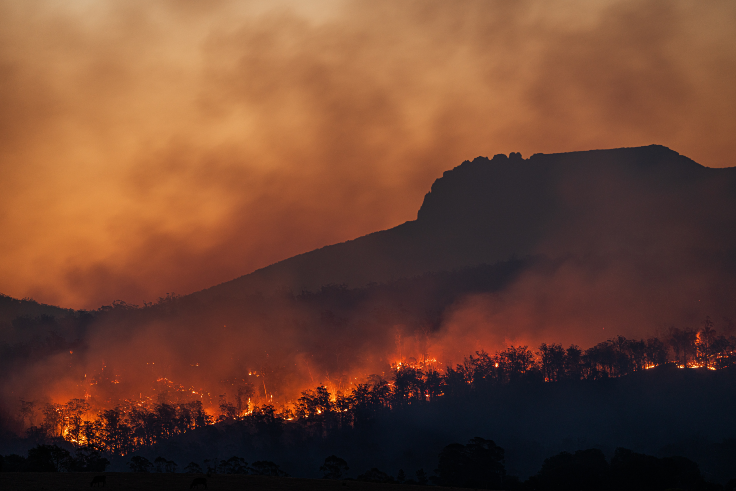
Forest fires can be devastating, not only for humans but also for wildlife. These fierce blazes can destroy habitats and force animals to flee from their homes in search of safety. So, how do animals manage to survive such a destructive force?
Some species have developed extraordinary adaptations that help them endure forest fires. Take the black-backed woodpecker, for example. This remarkable bird is well-equipped to handle post-fire environments because it feeds on insects found in burned trees.
Other animals rely on their agility and speed to escape the flames. Deer, rabbits, and squirrels are known for their ability to quickly navigate through burning forests and find refuge in safer areas.
Burrowing creatures like groundhogs or gophers have an advantage during wildfires as they retreat underground where the heat is less intense.
Additionally, certain species have evolved with fire-resistant characteristics. Plants like some pines produce cones covered with resin that protects seeds from fire damage until conditions become suitable again for growth.
While many animals can adapt or escape forest fires, large-scale infernos pose a great threat to all wildlife populations. The loss of habitat and food sources makes it challenging for these creatures to recover after such catastrophic events.
Preventing forest fires through responsible human behavior is crucial in preserving wildlife habitats. Proper land management practices such as controlled burns can even benefit certain ecosystems by reducing fuel loads and promoting biodiversity.
In conclusion (not concluding), while some animals possess unique abilities allowing them to survive forest fires, the increasing frequency and intensity of these disasters due to climate change make it imperative that we take action now before more lives are lost – both human and animal alike!
4: How do we help wildlife survive climate change?
Climate change poses significant challenges to wildlife around the world. As temperatures rise and ecosystems shift, many species struggle to adapt to these rapid changes. So how can we help them survive in this changing environment?
One crucial step is preserving and restoring habitats. By protecting natural areas such as forests, wetlands, and coral reefs, we provide essential shelter and food sources for wildlife. Restoring degraded habitats can also help create more resilient ecosystems that are better equipped to withstand climate impacts.
It's also important to reduce our carbon footprint. By decreasing greenhouse gas emissions through cleaner energy sources and sustainable practices, we can slow down the rate of climate change itself. This not only benefits wildlife but also helps preserve the delicate balance of our planet's ecosystems.
Furthermore, promoting sustainable agriculture practices is vital for both human survival and wildlife conservation. Encouraging methods that minimize deforestation, soil erosion, and chemical use can protect habitats while ensuring a stable food supply for all creatures.
Collaboration between governments, organizations, scientists,
and communities is key in implementing effective conservation strategies.
By sharing knowledge and resources,
we can develop proactive plans that prioritize the needs of vulnerable species
and ensure their continued survival in a changing climate.
Ultimately though,
the future of wildlife relies on our ability
to address the root cause of climate change.
By taking collective action at every level - from individual choices
to international agreements - we have the power
to mitigate its effects on our precious biodiversity.
Let us remember that when it comes to helping wildlife survive climate change,
every little effort counts.
Together,
we can make a difference
for the sake of our planet’s incredible biodiversity
5: What kind of impact is climate change currently having on our wildlife?
Climate change is wreaking havoc on our wildlife, causing a multitude of negative impacts. Rising temperatures are altering ecosystems and disrupting the delicate balance that many species rely on to survive. For example, as temperatures increase, sea levels rise and coastal habitats such as mangroves and coral reefs are being destroyed. This directly affects marine life like fish, turtles, and seabirds who depend on these habitats for food and shelter.
Not only that but climate change is also causing more frequent extreme weather events such as hurricanes, droughts, and floods. These events can have devastating consequences for wildlife populations. Forest fires are becoming more intense and widespread due to drier conditions caused by climate change. Animals that cannot escape in time often perish in these fires.
Moreover, changes in precipitation patterns affect the availability of water sources which can lead to dehydration and famine among animals. Species with specialized diets or specific breeding requirements may struggle to find enough food or suitable nesting sites due to shifts in plant growth patterns caused by changing climates.
Climate change poses a significant threat to our wildlife's survival. Urgent action must be taken at both individual and collective levels if we want to protect the incredible biodiversity found across the globe from further harm caused by human-induced climate change
Do you Love Wildlife watch our library of short videos, documentaries, and more at watch wildlife content
6: What does the future look like for our wildlife if we do not combat climate change?
The future of wildlife hangs precariously in the balance as we continue to ignore the urgent need for action on climate change. If we fail to combat this global crisis, our beloved animals will face unprecedented challenges that threaten their very existence.
Rising temperatures and erratic weather patterns are wreaking havoc on ecosystems around the world. With each passing year, we witness more frequent and intense heatwaves, droughts, floods, blizzards, and mudslides. These extreme events not only destroy habitats but also disrupt crucial breeding cycles and migration patterns.
As temperatures soar, many species find themselves trapped in a hostile environment where they struggle to find food and water sources. The loss of biodiversity could be catastrophic as delicate ecosystems collapse under the strain.
For marine life, warming oceans pose a grave threat. Coral reefs are already suffering from bleaching events due to rising sea temperatures - an alarming reminder of how fragile these underwater wonders truly are.
Climate change also exacerbates existing threats such as deforestation and poaching by pushing vulnerable species further towards extinction. Without immediate action to curb greenhouse gas emissions and protect natural habitats, iconic creatures like polar bears or elephants may become mere memories within our lifetimes.
The consequences extend beyond individual species; entire ecosystems are at risk of unraveling if climate change continues unchecked. The interconnectedness between plants, animals, insects - every living organism - ensures that any disruption has far-reaching implications for all life forms involved.
But it's not too late to make a difference! By embracing renewable energy sources, implementing sustainable practices in agriculture and industry, supporting conservation efforts worldwide, and advocating for stronger environmental regulations from governments globally; we can still turn the tide.
We owe it to future generations – both human and animal – to act now before it is too late. Together with concerted efforts from individuals, families, governments, businesses, and organizations; we have hope that our wildlife can thrive once again amidst a changing climate.
It is time to work together and prioritize the preservation of our precious planet and its magnificent
Our planet and the animals that live on it are magnificent - check out the beauty by visiting Our Wildlife Photo Gallery
7: What organizations and political parties are the biggest threat with fighting climate change?
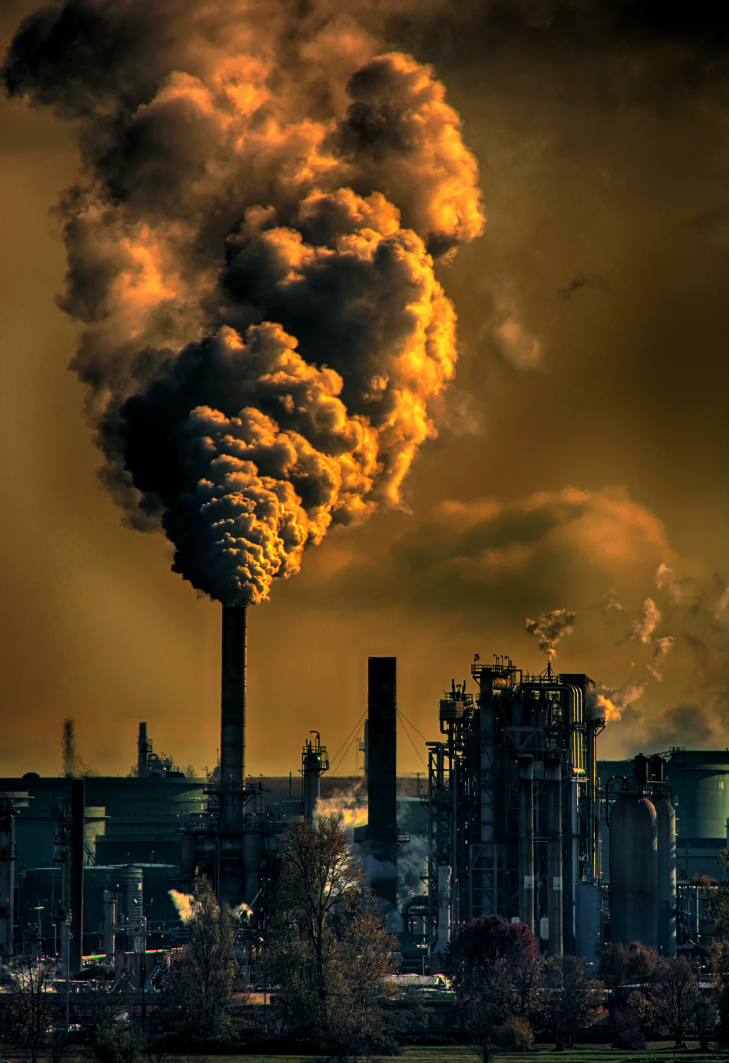
When it comes to fighting climate change, there are certain organizations and political parties that pose significant challenges. While many groups are actively working towards solutions, some have been resistant or slow to acknowledge the urgency of the issue.
One organization that has faced criticism for its stance on climate change is the fossil fuel industry. With their vested interests in maintaining profits from oil, gas, and coal extraction, these companies often lobby against regulations that would limit greenhouse gas emissions. Their influence extends to political campaigns as well, where they contribute significant sums of money to candidates who align with their agenda.
In addition to the fossil fuel industry, certain political parties have also hindered progress in combating climate change. Some conservative parties tend to prioritize economic growth over environmental concerns and may be skeptical about the science behind climate change. This skepticism can lead to policies that undermine efforts to reduce carbon emissions and transition towards renewable energy sources.
It's important to note that not all organizations or political parties fall into this category. Many environmental advocacy groups work tirelessly to raise awareness about climate change and push for policy changes at local, national, and global levels. Likewise, some progressive political parties have made addressing climate change a core part of their platforms.
Addressing climate change requires collaboration across sectors and ideologies. It's crucial for both public pressure and effective leadership from governments around the world if we want meaningful action taken on this pressing issue.
MojoStreaming is a platform like no other that takes on challenges such as poaching, trophy hunting, and political parties that cause a threat to the future of our wildlife. Watch our talk shows and debates at Watch HERE
Finally: What is the first and most important thing we can do to prevent climate change?
The first and most important thing we can do to prevent climate change is to take action now. We cannot afford to wait any longer. Every individual has a role to play in this global issue.
One of the simplest ways we can make a difference is by reducing our carbon footprint. This includes making small changes in our daily lives, such as using energy-efficient appliances, driving less or carpooling, and conserving water and electricity.
Furthermore, supporting renewable energy sources like solar and wind power can have a significant impact on reducing greenhouse gas emissions. By advocating for clean energy policies and investing in sustainable technologies, we can help shift towards a greener future.
Additionally, it's crucial that we educate ourselves and others about the importance of protecting our environment. By raising awareness about the consequences of climate change on wildlife and ecosystems, we can inspire more individuals to join the fight against it.
Holding governments accountable for their environmental policies is essential. Supporting politicians who prioritize climate action will ensure that necessary regulations are put in place to mitigate the effects of climate change on wildlife.
Remember: every action counts! Together, we have the power to protect our planet’s precious biodiversity from further harm caused by climate change. Let us act now so that future generations may experience a world teeming with diverse wildlife thriving under stable climatic conditions.
Be sure to visit the sign up page and become a subscriber!
RE: URGENT Matter to Rescue 80 Bureau of Land Management branded horses & burros from immediate endangerment
November 10, 2022
Dear President Biden and Secretary Haaland,
Today there are 80 federally protected horses and burros under the present threat of sale and export for slaughter in 8 States and are in urgent need of rescue.
We need your immediate help to instruct the Bureau of Land Management today to rescue 80 BLM-branded mustangs and burros from Livestock-kill buyer auctions and to save them now from the life-threatening danger of harm and the most brutal death in 1. Bowie, Texas, 2. Stroud, Oklahoma, 3. Shippensburg, Pennsylvania, 4. Peabody, Kansas, 5. Cleveland, Tennessee, 6. Asheboro, North Carolina, and 7. Cleburne, Texas, 8. Rusk, Texas, 9. Rollin hill Farm, Virginia, and 10. Southern Wisconsin. (Please see links below)
An emerging crisis is happening for the government-captured wild horse and burros and the 80% of Americans who oppose the grisly slaughter of these magnificent beings due to a massive influx of BLM-branded equines showing up in large numbers across the country in livestock slaughter auctions.
To resolve this tragic disaster, we need your help to issue an executive order, a "stay on the export of horses and burros for slaughter," to be executed to spare these magnificent and federally protected icons of freedom from unimaginable suffering.
The Extortion of BLM-branded horses and burros:
The livestock auctions force sanctuaries and citizens to bid against kill buyers for the BLM- branded horses. This extortion is creating an enormous burden to pay exorbitant prices to save these horses from horrific suffering that is unjustly and enormously falling upon citizens, sanctuaries, and rescues due to the BLM's expedited mass removals of wild horses and burros from public lands and the BLM's enticing $1,000. the adoption incentive program, many of the sanctuaries are presently full.
It is incredibly unethical to place the formerly free wild horses after capture in inhumane and life-threatening conditions and then charge back to citizens, to have no choice but to pay exorbitant fees to kill buyers, to save them from export for tortuous slaughter.
Solutions, in summary, we implore you to:
We are ready to work with you to help shift the paradigm to implement compassionate solutions that will benefit the survival of our lands, wild ones, indigenous and surrounding communities, and all stakeholders today and for future generations.
"Climate change is real; we need to make changes as soon as we can, or else, we are self- destructing. The help we receive from wild horses will help us work on positive solutions for wild lands and the climate change crisis that Mother Earth and we all are facing. Horses are sacred to me, my people, and many people, and I ask that you do all within your power to protect them today." ~ Chief Lee Plenty Wolf, Director on LWH Board
The Free Roaming Wild horse and Burro Act of 1971 clearly state that the BLM shall not endanger or cause suffering or harm to the horses. The BLM's incentive program, and lack of a safety net to protect the horses after adoption from export to Mexico and other countries for sale to the most inhumane, brutal slaughter, are causing immense suffering and harm for thousands of horses.
The positive intent of this Law enacted is clear; a great deal of entrustment is granted to the BLM and its affiliates to honor its true purpose, and we are seeing many misinterpretations and wrongful manipulation of this Law harming the horses and burros and the land.
We need your help now to close these loopholes to truly protect the last of our wild horses and burros and our grassland ecosystems to survive and thrive today and for future generations to inherit.
Thank you in advance for your immediate address of this urgent situation, from all of us, and all the wild horses and burros,
Love Wild Horses!® a California grassroots Nonprofit 501C3 lovewildhorses.org Office- 833- 2ReWild heartofsky@lovewildhorses.org
LWH Directors on the Board:
Jetara Séhart, Founder and President
Chief Lee Plenty Wolf, Spiritual Leader and award-winning Prayer Drummer and Singer of the Oglala Lakota Nation, Founder, and President of White Horse Creek Council 501C3
Evelyn Arce, Founder, Indigenous Resilience Consulting LLC
Michael Stocker, Founder and Executive Director Ocean Conservation Research
Core Members:
Jackie Oliveri, Co-Founder, Nationwide Wild Horse Freedom Rallies, Core Member of Advocates for Wild Equines AWE, and National Coordinator for Love Wild Horses®
LWH Voices for the Wild Hones and Wild lands:
Dewey and Penny Bunnell, Rock Star and his beautiful wife, Founding Member of the band America
Links to the Livestock Auctions, where wild horses are suffering, and in immediate danger of export for slaughter and in need of rescue today:
# of Horses and Burros in URGENT Danger:
1. 11 Bowie, in TX: https://www.facebook.com/BowieTexasHorses
2. 34 Stroud's OK: https://fb.watch/gHz4k8guP3/?fbclid=IwAR1f0U7pqiOv486eeqyPHRMYjjin1STpYfBEfStydtIfXT0 gjc_g4WnlHN8
3. 2 in Rotz in PA: https://m.facebook.com/people/Rotz-Livestock/100082195336491/?paipv=0&eav=AfbM_JrrmoVvM1vnkyBFpylo7dm_ZVqC2W2oGie YwT LbJjJ6uaCOSCNVxAaGDlJWKx
4. 3 Peabody's in KS: https://m.facebook.com/Peabody-Kansas-Horse-Pen- 101725224522129/?paipv=0&eav=AfbTi1vW_bsTrJAwvBWj1iF5DPiJyqIwqEcI8agNTrR5jd13um1 z0 qO98AUw5pD0mOs
5. 1 Saving Slaughter bound horses, in
TN https://m.facebook.com/tspsavingslaughterboundhorses/?paipv=0&eav=AfYjQoA0gzJfzLQEUG G2-4WMZ7SHT7_oVEEWldxUAGaRjscKvy9TyTpTNmf4FLl2DTM
6. 1 Last Chance-in
NC: https://m.facebook.com/lastchancekillpenhorses/?paipv=0&eav=Afbzf3PPM1DamqmzqrCVd_IrhEGW4emESUkAwmLoFxy2cDeFQsj0y02nDrNqTzz8aP0
7. 15 -Load of Mustangs-Cleburne, in TX
: https://m.facebook.com/cleburnehorseauction?eav=AfaHuGHAunUeSeAkmozH5yI0AmNfR83tt 9oC poojMpQWEnLFh229TdsFG6HZ140_43g&paipv=0
8. 1 Rusk, Texas:
9. 1 Rollin Hill Farm in VA.: https://www.facebook.com/profile.php?id=100063638406549
10. 1 Southern Wisconsin: https://www.facebook.com/groups/148134633436039/?ref=share
Additional Links for Reference: https://ladyfreethinker.org/three-wild-horses-saved-by-indigenous-advocates-working-to- prove- letting-them-roam-helps-the-land/ https://apnews.com/press-release/ein-presswire-newsmatics/science-california-united-states-horses- congress-bcc27c0fb3b9410c3b2eb1101b4b5b86 https://environment.einnews.com/pr_news/569756372/a-wild-horse-and-earth-healing-study- begins- in-nevadahttps://acrobat.adobe.com/id/urn:aaid:sc:VA6C2:dc647a2c-472b-4ff2-8115-a70e3202d2d8https://www.internationalenvironmenttimes.com/article/554604672-a-rock-star-lakota-chief- and- indigenous-filmmakers-unite-in-let-them-live-love-wild-horses-a-raw-short-film https://globalwarming.einnews.com/pr_news/548241235/wild-horses-a-natural-resource-for- staving- off-wildfires-and-the-impacts-of-global-warm
Contact President Biden:
CALL: 202-456-1111 FAX 202-456-2461
To Contact Secretary Deb Haaland
Call: 202-208-3100 FAX: 202-208-5515
SIGN ON TO OUR LETTER HERE
https://lovewildhorses.salsalabs.org/StopSlaughterofWildEquines
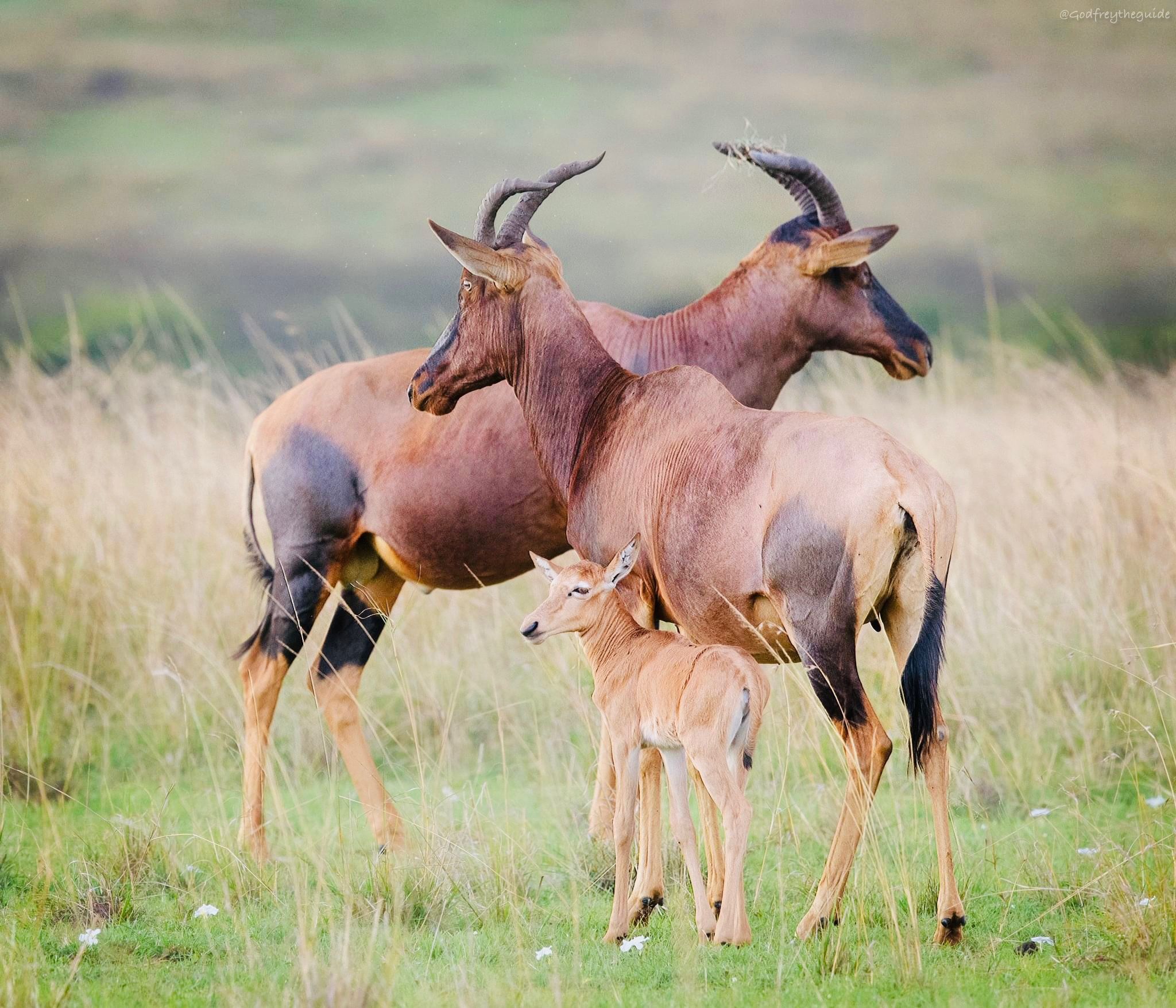 In Uganda, wildlife is protected by the Government on behalf of, and for the benefit of, the people of Uganda (The Uganda Wildlife Act, 2019). The Government of Uganda established Uganda Wildlife Authority (UWA) under the Uganda Wildlife Act, Cap 200 to manage wildlife in protected areas including National Parks, Wildlife Reserves, Community Wildlife Management Areas, Wildlife Sanctuaries among other areas following strict conservation procedures that limit or entirely exclude human activities. Wildlife is officially managed in gazetted protected areas such as Queen Elizabeth, Semuliki, Lake Mburo, Murchison Falls, Kibale, Mount Elgon, Mgahinga Gorilla, Rwenzori Mountains, Bwindi Impenetrable and Kidepo Valley. Wildlife that strays onto private land can be the impetus for conflicts between the government and private landowners when wildlife compete for resources with livestock or destroy crops on agricultural lands.
In Uganda, wildlife is protected by the Government on behalf of, and for the benefit of, the people of Uganda (The Uganda Wildlife Act, 2019). The Government of Uganda established Uganda Wildlife Authority (UWA) under the Uganda Wildlife Act, Cap 200 to manage wildlife in protected areas including National Parks, Wildlife Reserves, Community Wildlife Management Areas, Wildlife Sanctuaries among other areas following strict conservation procedures that limit or entirely exclude human activities. Wildlife is officially managed in gazetted protected areas such as Queen Elizabeth, Semuliki, Lake Mburo, Murchison Falls, Kibale, Mount Elgon, Mgahinga Gorilla, Rwenzori Mountains, Bwindi Impenetrable and Kidepo Valley. Wildlife that strays onto private land can be the impetus for conflicts between the government and private landowners when wildlife compete for resources with livestock or destroy crops on agricultural lands.
Although the Uganda Wildlife Authority has the mandate to manage wildlife outside the protected areas. it does not because it has no control over private lands. Private land and landowners have a right to use their land the way they wish (Ugandan Constitution, 1995). The National Land Use Policy, 2006 cites weakness of policy and legal mechanisms for wildlife conservation outside protected areas. Wildlife on private land is largely unprotected. Wait for the 2rd episode next week.
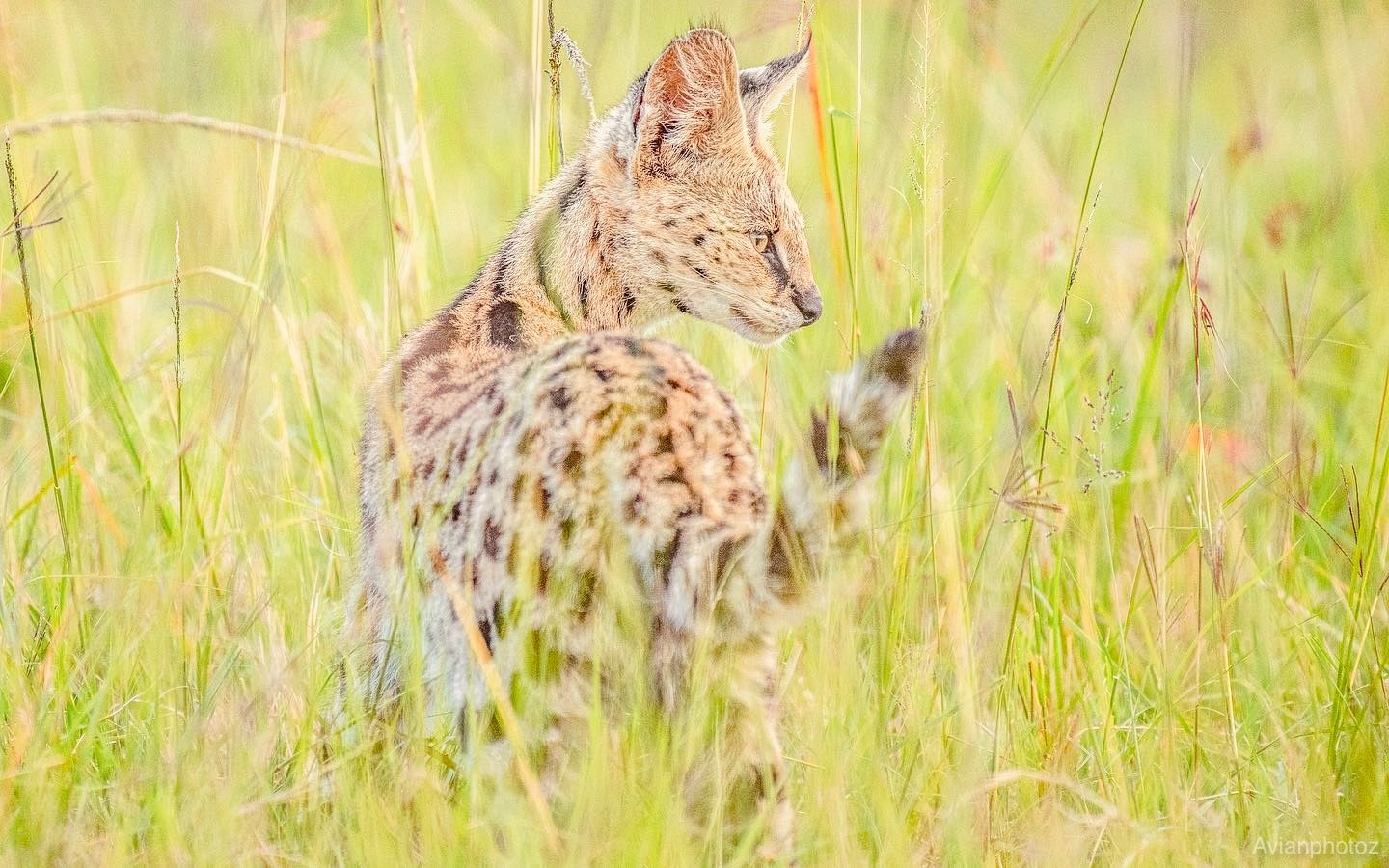 The elusive Serval Cat! These wonderful small cats are often found out in the open grasslands. They are very successful hunters and mostly eat rodents, birds, reptiles, frogs and insects. They very rarely will scavenge for their food due to their efficient hunting!
The elusive Serval Cat! These wonderful small cats are often found out in the open grasslands. They are very successful hunters and mostly eat rodents, birds, reptiles, frogs and insects. They very rarely will scavenge for their food due to their efficient hunting!
It often makes my day when we come across a Serval, we mostly find them when they are hunting which is a wonderful behavior to observe. They will locate their prey, ready themselves, then with a sudden jump/pounce they fly through the air and land on the unsuspecting prey!
seeing and encountering them is easy just one click away www.interiorsafarisea.com
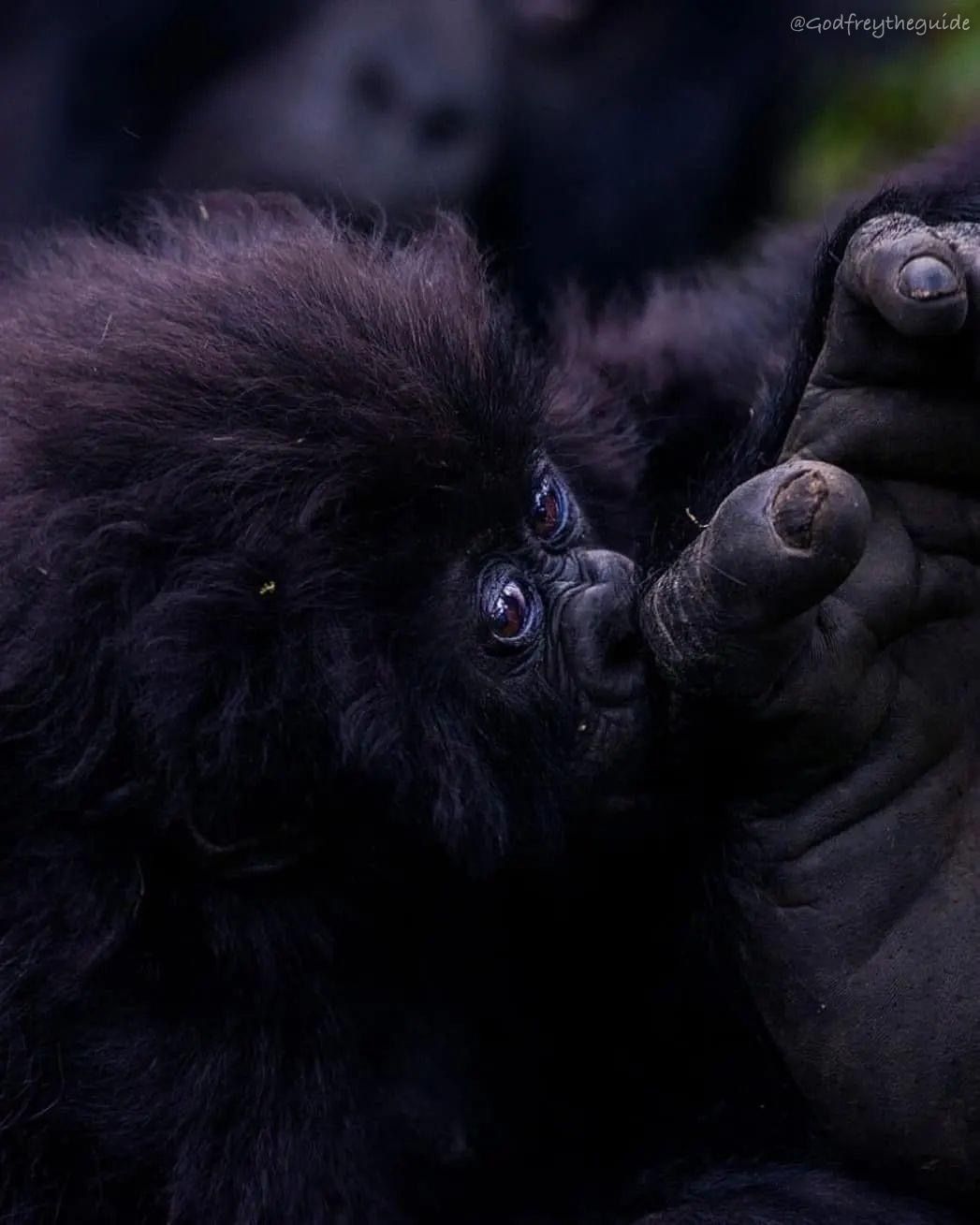 Wildlife conservation and related management matters are primarily considered a government level responsibility in Uganda. Species management happens through public agencies, which often ignore the role of private landowners for conserving species on their land. Not involving private landowners of private ranches, communal grazing lands and farms in the conservation of wildlife can partly be a driver of human-wildlife conflict and the ultimate decline of wildlife on unprotected lands. By involving private landowners in wildlife conservation matters, wildlife can be better protected when they are on private lands.
Wildlife conservation and related management matters are primarily considered a government level responsibility in Uganda. Species management happens through public agencies, which often ignore the role of private landowners for conserving species on their land. Not involving private landowners of private ranches, communal grazing lands and farms in the conservation of wildlife can partly be a driver of human-wildlife conflict and the ultimate decline of wildlife on unprotected lands. By involving private landowners in wildlife conservation matters, wildlife can be better protected when they are on private lands.
Studies in Uganda’s southwest for example show diverse wildlife on private lands as compared to protected lands (Guard, 1991; Averbeck, 2002; Rannestad et al., 2006). A study of dung counts in the tropical savanna ecosystems of Lake Mburo National Park (LMNP) and the adjacent ranchlands in Kiruhura District, Uganda revealed a greater diversity of wild mammals on ranchlands than in protected areas (Nyamukuru, 2019). The grasslands and woodlands inside and outside of the park contained a diversity of mammalian wildlife. The ranchlands had greater diversity and abundance of zebra Equus quagga, eland Taurotragus oryx, impala Aepyceros melampus, waterbuck Kobus ellipsiprymnus, African hare Lepus victoriae, Bush duiker Sylvicapra grimmia, Monkey Cercopithecus aethiops and Hyaena Crocuta crocuta. wait for the next episode two next week